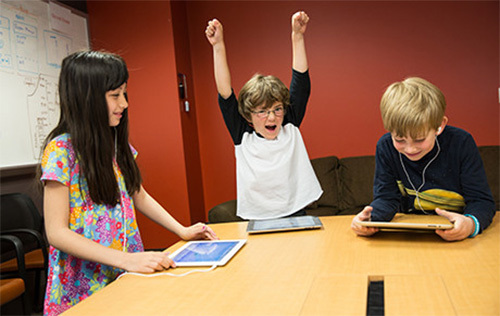
The goal of DreamBox Learning’s interactive online math tools and games is to help learners think for themselves and make sense of math. The software provider focuses on elementary and middle school math education with an innovative blending of games and personalized learning. This week I had the pleasure of interviewing Jessie Woolley-Wilson, the President and CEO of DreamBox Learning. Jessie has a long history with ed-tech (including work with Blackboard, Inc.), and was honored as a “Woman of Influence” by Puget Sound Business Journal for making an impact in the ed-tech industry. I was eager to ask her about the current stakes for education, as the tides are changing rapidly across the globe towards mixed classrooms. She offers tips from her vast experience that can help teachers adjust to the increased use of tech and Internet in the classroom. These tips will ensure that students remain focused on crucial areas of knowledge and develop critical thinking skills, despite the distracting and overwhelming amount of (quel)information online.
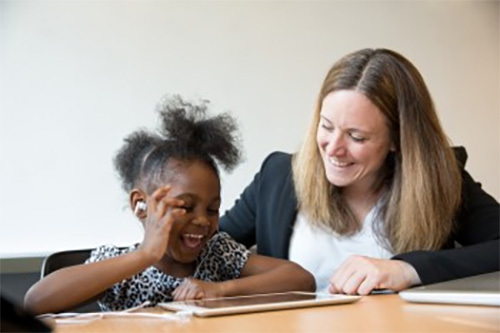
Jessie, critical thinking and problem solving are important skills to help students assess and differentiate the quality of content found on the Internet. How can these skills be taught in the classroom relative to digital content? How can they be developed at home?
There’s a new paradigm in teaching and learning that matches what is going on in the real world, both in terms of helping students meet their full potential while mirroring the powerful technology that is shaping our world. Every day, many students engage with technology outside of school time because it is relevant to how they live. Since technology is a way to help reach, apprendre, and engage learners, why not allow students and teachers to leverage this powerful medium inside classrooms?
Demand is growing rapidly as more learning guardians — parents, enseignants, tuteurs, and other invested adults — experience and truly understand the benefits of using personalized learning technologies in classrooms. We partner with learning guardians to help them adopt and scale blended learning models that complement their math curriculum for deeper comprehension and understanding. It brings together great teaching, a rigorous curriculum, and meaningful, actionable insights that help cultivate mathematicians.
We believe that learning should be personalized, puissant, and seamlessly integrated with what happens both inside and outside of classrooms. Les technologies d’apprentissage les plus efficaces sont celles qui suivent les progrès d’un élève, où et quand il apprend., reliant leur maîtrise – pas de mémorisation par cœur – to lessons that keep them in their optimal learning zone. With nimble, dynamically adaptive and highly motivational learning technologies, students can get what they need exactly when they need it while their learning guardians are kept in the loop to maximize the support they can provide.
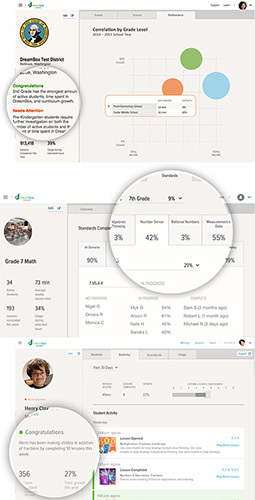
What are some of the major frustrations and stresses caused by technology in the classroom? How can this be managed or changed?
There’s not enough actionable information amidst an ocean of data…. some call this DRIP: data rich and information poor. There is a lot of data out there, and teachers want to leverage it, but they want meaningful information they can use in daily practice that won’t require a lot of additional time and training to understand and use. The ability to use classroom data that is readily accessible in real time, actionable for both the teacher and learner, and enables informed adjustments to the learning task is what educators are asking for to close gaps and raise achievement. Our math experience at DreamBox provides ongoing formative assessment that is seamlessly integrated into instruction in real time giving teacher and learner the feedback they need for consistent and constant improvement. Plus, we provide educators with the benefits of deep and relevant professional development to help them understand those insights for successful blended learning implementation.
Does each individual need to learn technology differently, at a different pace? Are there some universal standards that all schools should reach for in terms of digital literacy?
I like to think in terms of universal principles:
- All students deserve an engaging and personalized learning experience that helps them think deeply and critically while supporting their academic and personal success.
- Learning technologies should be designed to support both learners and learning guardians as they partner to build competence and confidence.
- Technology is not a substitute for great teaching. Au contraire, technology should allow kinds of learning that cannot happen without it. Par conséquent, students should experience a highly personalized kind of learning that allows them to be able to be more active in their learning and ultimately discover new understandings because of how they think and what they, se, try and do.
The role of learning technologies should be to support, empower and engage all learners–including girls and minority students–who need to take full advantage of next generation learning experiences like adaptive learning. When we help all students reach their full learning potential, that is a win for everyone. We go one step further by providing every lesson in Spanish with every subscription to ensure English Language Learners can take advantage of this transformative technology. We want all students to gain a conceptual understanding of mathematics and gain the self-confidence they need to do more, not just in math but in whatever they do. We want every child to be well-equipped to embrace their interests, particularly in STEM-related careers, to effectively close the equity gap. Another key component of closing that gap is providing ease of use and accessibility both inside and outside of the classroom, so students can learn anytime, nulle part–at their own pace and level. We want to encourage learners to persist as they move forward and inspire them to get excited about math. When kids win, communities win. When communities win, we all win. C'est simple – and very powerful.
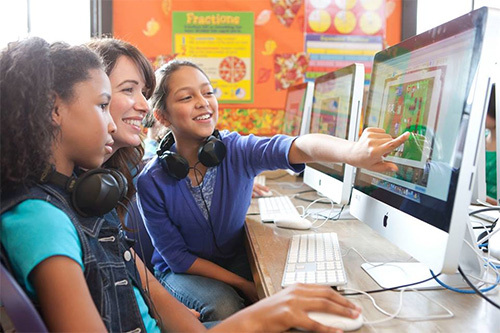
How can we work to bridge the gap between the under-privileged digitally unsophisticated and the digitally proficient?
With all the promise of individualized instruction for every learner, there remain significant barriers for some students. The good news is that they are being broken down. The past few years have seen a dramatic and meaningful expansion of broadband access and availability of digital tools, yet despite this progress, there are still inequities in access. Par exemple, la 2015 FCC Broadband Progress Report states that approximately 35 percent of schools lack access to fiber, meaning the high-quality broadband with appropriate speed students need to work. We also hear from Pew Research that some 5 million households with school-age children do not have high-speed internet service at home, which leads to a “homework gap” for students who need access the most. For students who don’t yet have technological fluency, providing access at school and in the community can help level the playing field. When the walls of the classroom come down, learning opportunities open up. Research shows that increasing the time students are actually engaged in learning, along with other factors such as high expectations and the use of data to guide instruction, results in what we want for all students: confidence, love of learning, and higher achievement. I believe that investing in EdTech simply cannot wait if we want to close those opportunity gaps. We need a shared sense of urgency that is fueled by a compelling promise to unlock the learning potential of every child, and in doing so, unlock their human potential. That’s good for the learner, their family, their community and the entire world.
What is your Dream Dare Do for learning technology in the next 5 ou 10 ans?
Notre Rêver is to provide every child with the ability to reach their full potential by ensuring they have access to the best learning opportunities. We think personalized learning is optimal learning, and that the most personalized opportunities can be provided with the support of innovative learning technologies that meet the learner where they are and dynamically adapt to their needs as they progress. Nous Oser to seek to delight and surprise learners by delivering a blended, personalized experience that gives students access to the content they are ready for when they need it and ensuring that progression is based on mastery, not memorization. We also seek to delight teachers as much as we delight students. This requires continued investments in our pioneering Intelligent Adaptive Learning technology that so many others seek to emulate. Nous Faire l'intention de continuer à croître, améliorer, et étant adaptative, including our commitment to partner with educators. There is no more important endeavor than to support great teaching and learning. Our collective futures depend on it.
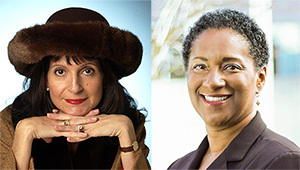
(All photos are courtesy of Shutterstock & Dreambox Learning)
Rejoignez-moi et leaders d'opinion de renommée mondiale dont Sir Michael Barber (Royaume-Uni), Dr. Michael Bloquer (États-Unis), Dr. Leon Botstein (États-Unis), Professeur Clay Christensen (États-Unis), Dr. Linda Darling-Hammond (États-Unis), Dr. MadhavChavan (Inde), Le professeur Michael Fullan (Canada), Professeur Howard Gardner (États-Unis), Professeur Andy Hargreaves (États-Unis), Professeur Yvonne Hellman (Pays-Bas), Professeur Kristin Helstad (Norvège), Jean Hendrickson (États-Unis), Professeur Rose Hipkins (Nouvelle-Zélande), Professeur Cornelia Hoogland (Canada), Honorable Jeff Johnson (Canada), Mme. Chantal Kaufmann (Belgique), Dr. EijaKauppinen (Finlande), Le secrétaire d'Etat TapioKosunen (Finlande), Professor Dominique Lafontaine (Belgique), Professeur Hugh Lauder (Royaume-Uni), Seigneur Ken Macdonald (Royaume-Uni), Professeur Geoff Masters (Australie), Professeur Barry McGaw (Australie), Shiv Nadar (Inde), Professeur R. Natarajan (Inde), Dr. PAK NG (Singapour), Dr. Denise Pape (États-Unis), Sridhar Rajagopalan (Inde), Dr. Diane Ravitch (États-Unis), Richard Wilson Riley (États-Unis), Sir Ken Robinson (Royaume-Uni), Professeur Pasi Sahlberg (Finlande), Professeur Manabu Sato (Japon), Andreas Schleicher (PISA, OCDE), Dr. Anthony Seldon (Royaume-Uni), Dr. David Shaffer (États-Unis), Dr. Kirsten immersive, (Norvège), Chancelier Stephen Spahn (États-Unis), Yves Thézé (LyceeFrancais États-Unis), Professeur Charles Ungerleider (Canada), Professeur Tony Wagner (États-Unis), Sir David Watson (Royaume-Uni), Professeur Dylan Wiliam (Royaume-Uni), Dr. Mark Wormald (Royaume-Uni), Professeur Theo Wubbels (Pays-Bas), Professeur Michael Young (Royaume-Uni), et le professeur Zhang Minxuan (Chine) alors qu'ils explorent les grandes questions d'éducation de l'image que toutes les nations doivent faire face aujourd'hui.
La recherche globale pour l'éducation communautaire page
C. M. Rubin est l'auteur de deux séries en ligne largement lecture pour lequel elle a reçu une 2011 Upton Sinclair prix, “La recherche globale pour l'éducation” et “Comment allons-nous savoir?” Elle est également l'auteur de trois livres à succès, Y compris The Real Alice au pays des merveilles, est l'éditeur de CMRubinWorld, et est une fondation perturbateurs Fellow.
Suivez C. M. Rubin sur Twitter: www.twitter.com/@cmrubinworld


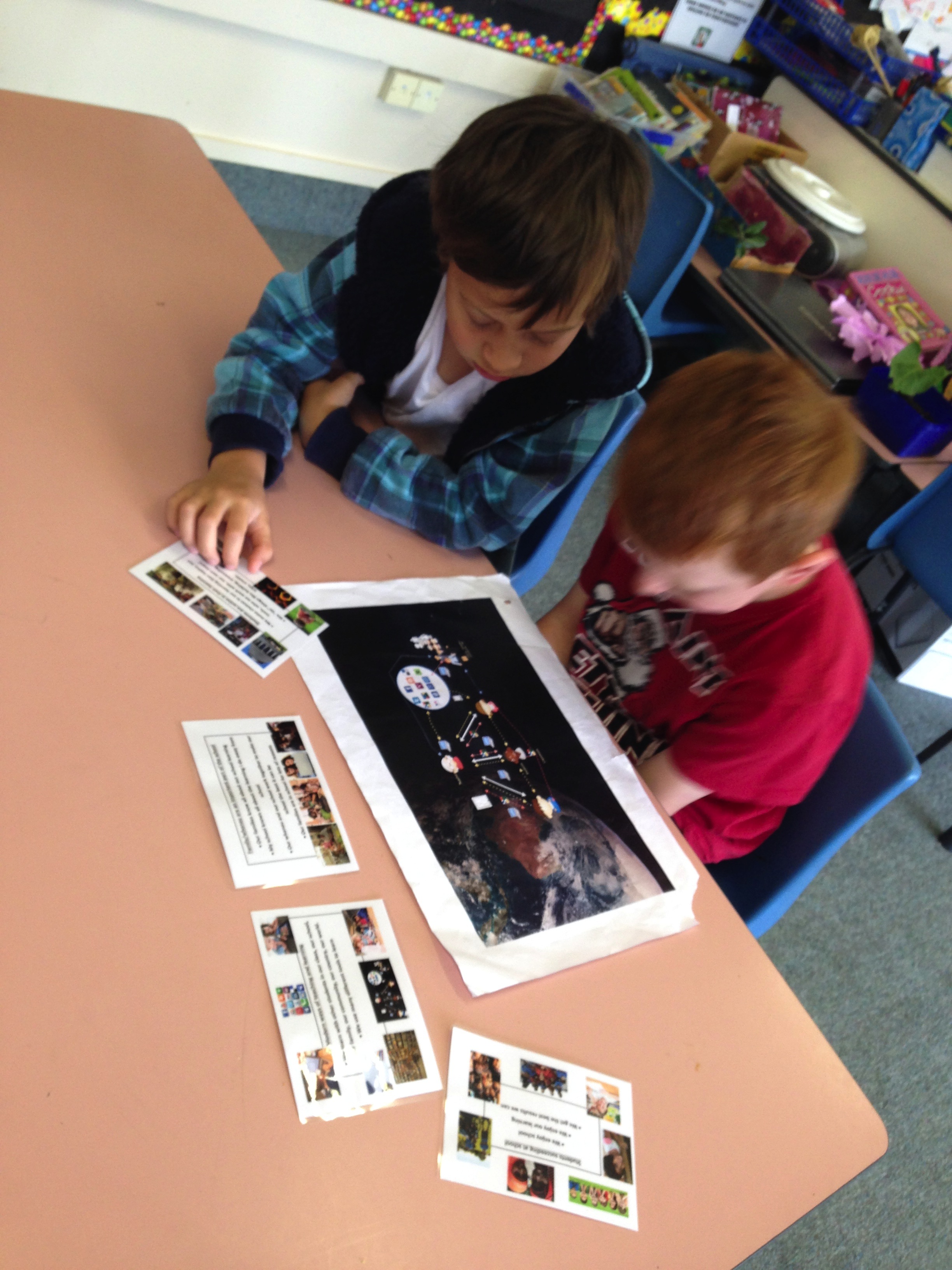
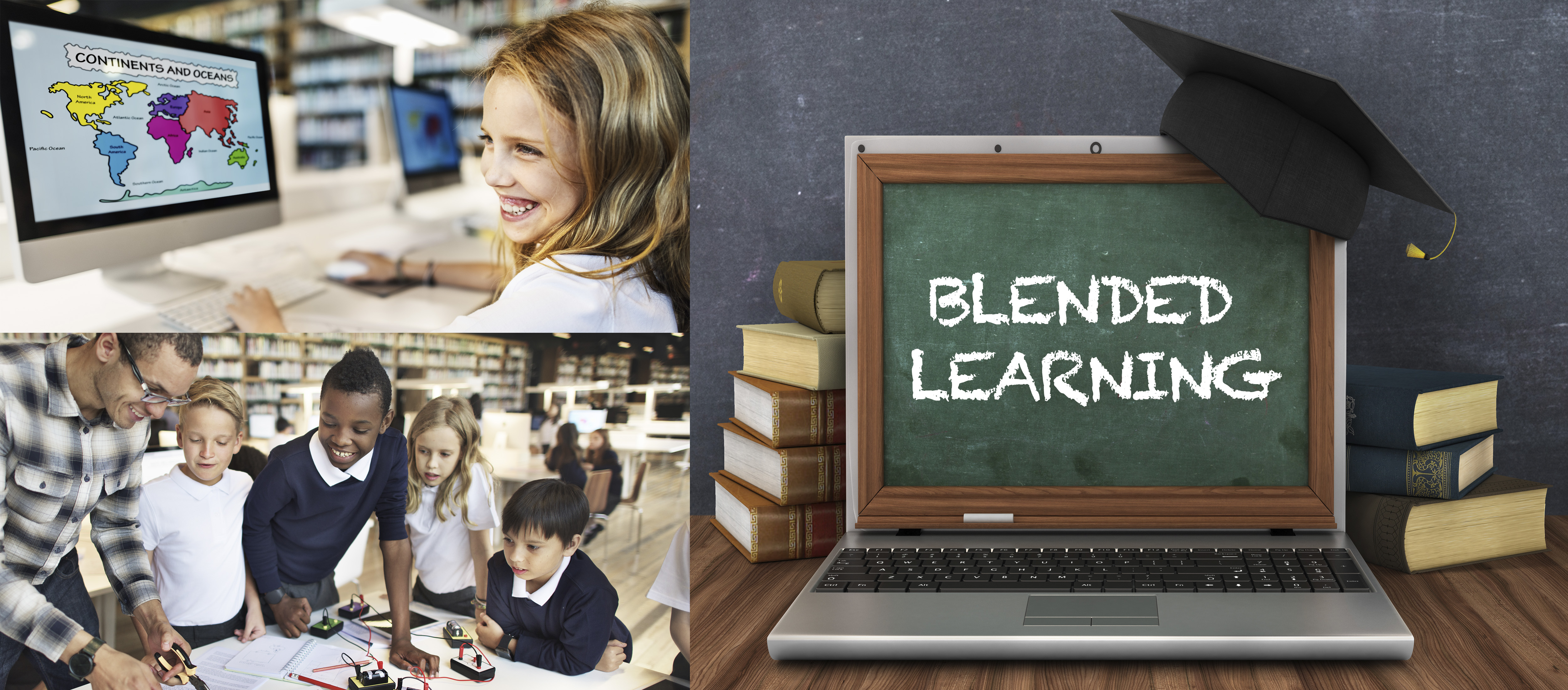

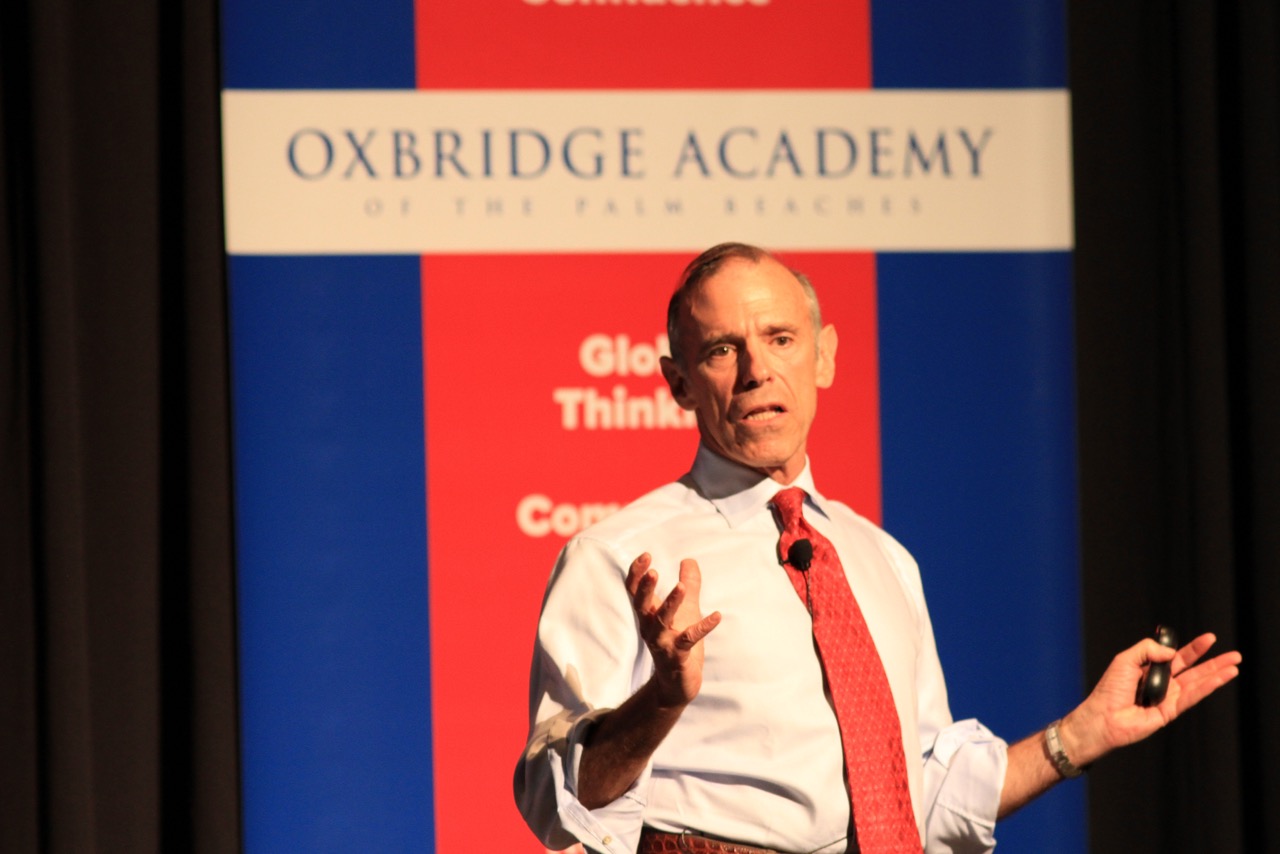
Commentaires récents